Last-Minute NYC Holiday Gift Guide 🎁
We’ve created a holiday gift guide with presents for the intrepid New Yorker that should arrive just in time—

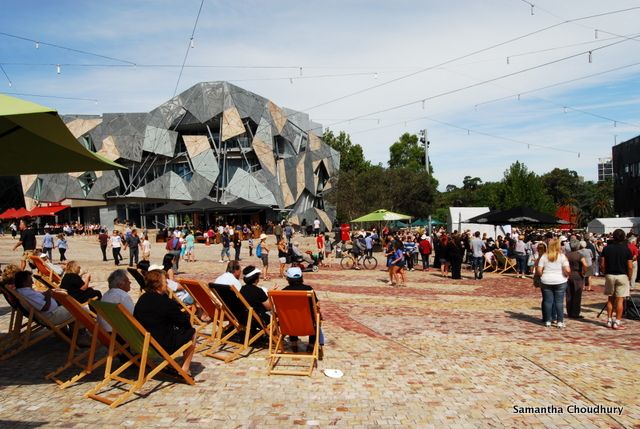
While it is a city that often falls victim to comparison with Sydney with all its well-known icons like the Opera House, Harbor Bridge and the picturesque harbor, Melbourne has been able to build up a reputation as a globally relevant city even though it doesn’t have any obvious landmarks. A culturally vibrant and creative city that is well known for its trendy shopping strips and animated public spaces, Melbourne has been topping the most livable city list for the last 10 years.
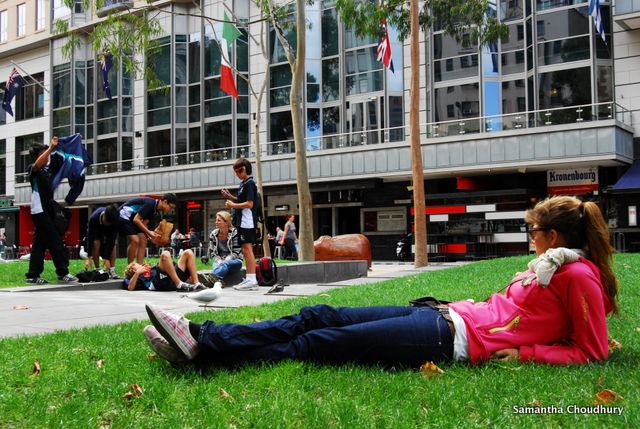
Melbourne’s title as “the most livable city” has been attributed to a number of factors. The city re-invented itself in the 1980s with its Postcode 3000 project that attracted residents back into its downtown, thereby bringing life and activity to the city. Also, with the ongoing guidance and leadership of prominent Danish architect and urban designerJan Gehl, the city has now become a magnet for students, locals and tourists. Some would agree it possesses the grit and sub-cultures typical of Berlin, fashion and shopping that rivals Paris and New York, and a cafe latte that hands down knocks the socks off coffees from any other city. Yes, Melbourne is as serious about its coffee as it is about art, fashion and culture.

The downtown is built on a scale that evokes a European city, with lanes filled with a kaleidoscope of street art and hidden bars to get lost in and alfresco dining in both summer and winter (because it’s still mild enough to be outside). The area is also easily navigable by foot owing to its city grid layout planned by in 1837 by Surveyor Robert Hoddle.
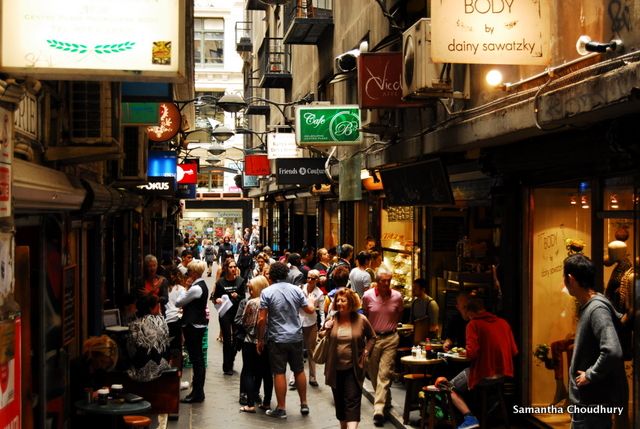
Now, this fine-grained fabric and walkable environment is primarily what one would experience in the inner city suburbs and Central Business District (CBD) of Melbourne. What many people don’t realize is that, as highlighted in one of our previous articles, outer suburban Melbourne (also called Greater Melbourne) paints a completely different picture.
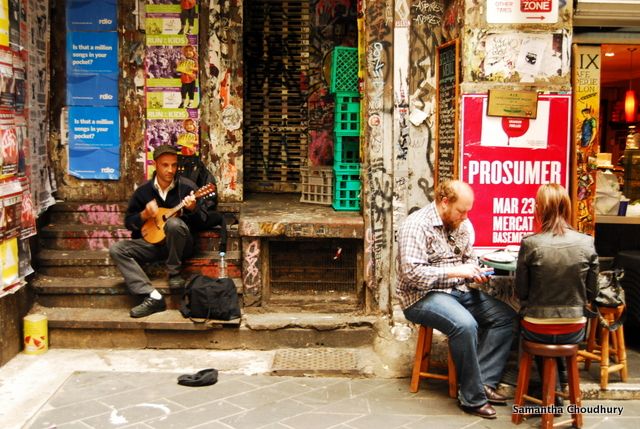
Melbourne’s livability and sought-after quality of life, is very much focused on the urban core. Take a trip out of the core into the outer suburbs of Melbourne and what you will see is a low-scale, urban sprawl mushrooming with new greenfield communities. This is largely attributed to the Victorian State Government’s land release in Melbourne’s growth areas to cope with a rapidly growing population and to supply families and first home buyers with affordable housing choices.
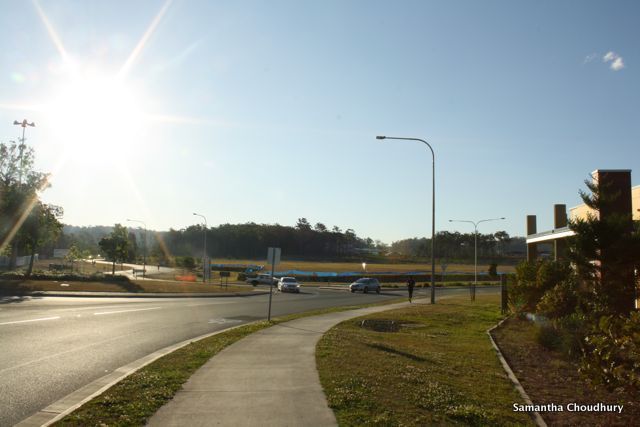
With a predicted additional 600,000 new homes to be built over the next 20 years in Melbourne to meet demand, the State Government’s planning response has been to create Central Activities Areas or ‘mini CBD’s’ in established suburban hubs around Greater Melbourne. Although these mini-CBDs seek to create a more livable and sustainable settlement pattern in the suburbs, its delivery and implementation is plagued with bureaucratic lags and inefficiencies, state budget shortfalls and reliance on private sector investment. Despite the number of years the State Government has spent promoting this model, there are still countless numbers of new suburbs in the outer areas of Melbourne without fundamental community and civic services, employment opportunities, walkable shopping centers or places for people to just meet and socialize.
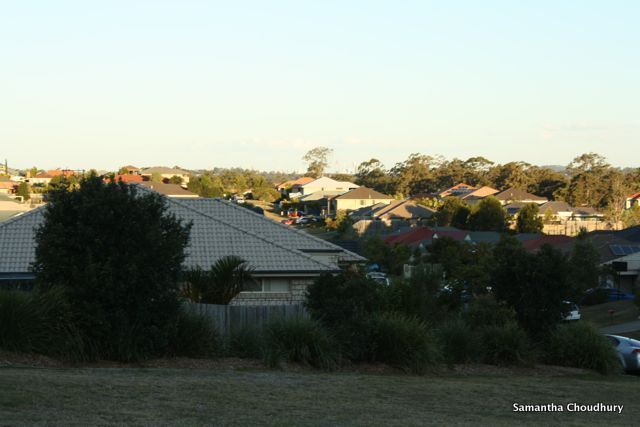
Recent census data revealed that 1.25 million Melbournians reported using a car as their predominant transport mode to get to work–this is 65% of the city’s 1.91 million-strong workforce. Fewer than one in 10 reported using trains as their main way to travel to work. Although public transport usage is modestly increasing, 73% of residents in Greater Melbourne still live in detached, single family dwellings. Additionally there is half the number of public transport options for residents in the growth areas as there are for workers living closer to the urban core, amounting to a heavy reliance on cars that causes billions of dollars in social costs and productivity through congestion.
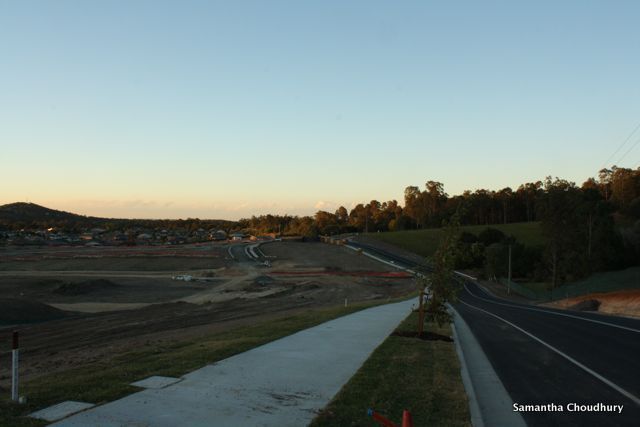
While Melbourne has one of its sides exuding charm and wonder as a vibrant and buzzing city full of life and activity, those living in outer suburbs of Melbourne see a very different side to the story, and it is one that planners and policy makers will be grappling with for decades to come.
Subscribe to our newsletter